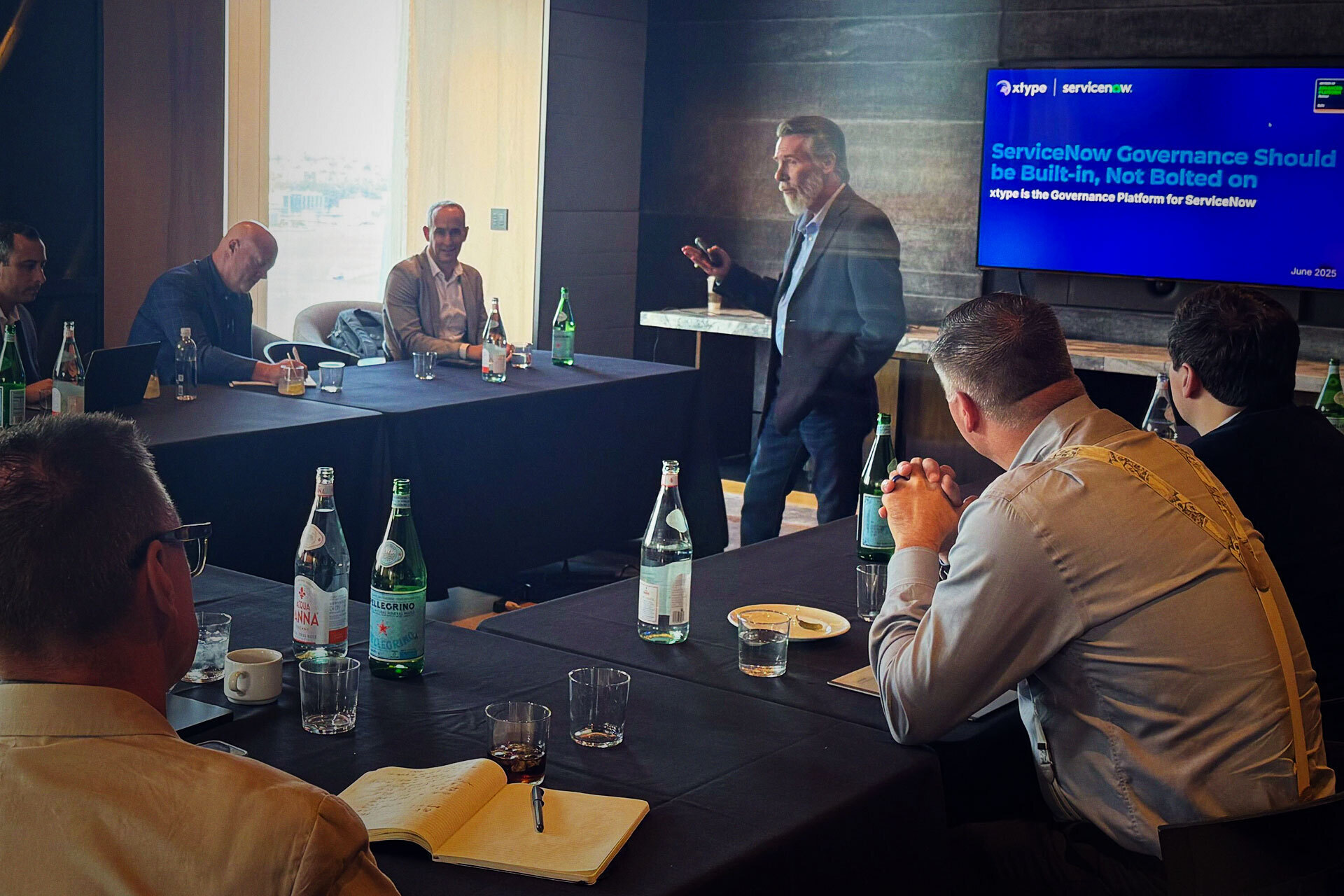The CISO's ServiceNow Dilemma: When Your Innovation Engine Becomes Your Compliance Nightmare

A misconfigured update at 2 AM. An unauthorized change that bypasses approval workflows. A scoped application was deployed without proper testing. For CISOs managing ServiceNow at scale, these scenarios aren't hypothetical—they're inevitable without the right governance framework.
The Board Question Every CISO Dreads
"Can you prove our ServiceNow changes are controlled and compliant?"
It's a simple question with a complex answer. While ServiceNow powers critical business processes—from incident management to financial workflows—most implementations lack the unified governance layer that boards and auditors expect.
The result? CISOs find themselves in an impossible position: enable innovation velocity while maintaining bulletproof compliance. Too often, they're forced to choose between speed and control.
Why Traditional ServiceNow Governance Fails
The Multi-Environment Challenge ServiceNow isn't a single platform—it's an interdependent set of development, test, and production environments that must work in harmony. Yet most organizations manage changes across these environments through:
- Manual spreadsheets and approval forms
- Tribal knowledge and informal processes
- Trust-based deployment practices
- Inconsistent permission management
Real-World Consequences: Consider a financial services company during SOX compliance review. Auditors discover that:
- A critical incident management workflow was modified without proper approval
- The change history shows gaps where manual deployments bypassed documentation
- Elevated developer permissions had sprawled across environments without proper access reviews
- No immutable trail exists to prove the change timeline
The audit finding? Material weakness in IT controls. The business impact? Delayed financial reporting and regulatory scrutiny.
The xtype Approach: Governance by Design
Immutable Audit Trails Every action in your ServiceNow estate generates a tamper-proof log entry. When an auditor asks, "Who approved this change on March 15th?", you have instant, verifiable proof, not a reconstructed timeline.
Policy-Driven Automation Instead of hoping developers follow manual processes, xtype enforces governance automatically. A developer attempting to deploy a scoped application to production without proper testing and approval simply cannot proceed—the platform prevents it.
Cross-Environment Visibility xtype provides a unified control plane across all ServiceNow environments. You can see in real-time who has access to what, which changes are pending approval, and where policy violations might occur.
Scoped Application Control: Traditional GRC tools are not designed for developing and delivering on the Now platform. xtype brings these into full governance scope, ensuring platform teams (even partners) follow enterprise policies.
Compliance Outcomes That Matter
SOX Compliance
- Automated segregation of duties across development and production
- Complete change authorization trails for financial reporting systems
- Immutable logs that satisfy auditor requirements
HIPAA Adherence
- Granular access controls for healthcare data workflows
- Automated policy enforcement for PHI-related changes
- Comprehensive audit trails for regulatory reporting
ISO 27001 Alignment
- Documented change management processes
- Risk-based approval workflows
- Continuous monitoring and reporting capabilities
Speaking the Board's Language
From Technical Risk to Business Impact:
Instead of: "We need better change management for our ServiceNow environments." Say: "We're implementing controls to prevent unauthorized changes that could impact financial reporting accuracy and regulatory compliance."
Instead of: "Our deployment process lacks documentation." Say: "We're establishing an immutable audit trail that provides legal defensibility and reduces compliance costs."
Instead of: "We have elevated permission sprawl across environments." Say: "We're implementing least-privilege access controls that reduce insider threat risk and meet regulatory requirements."
The ROI of Proactive Governance
Quantifiable Benefits:
- Audit Efficiency: 70% reduction in audit preparation time through automated evidence collection.
- Compliance Costs: Elimination of manual compliance activities and associated labor costs.
- Risk Reduction: Measurable decrease in unauthorized changes and policy violations.
- Innovation Velocity: Faster deployment cycles within automatically governed guardrails.
Avoided Costs:
- Regulatory fines and penalties
- Audit remediation expenses
- Incident response and recovery costs
- Reputation damage from compliance failures
Implementation Without Disruption
Because xtype is native to ServiceNow, implementation doesn't require:
- Expensive third-party integrations
- Platform re-architecture
- Extended deployment timelines
- Disruption to existing workflows
Teams continue working as they always have—but now every action is governed, tracked, and compliant by default.
The Bottom Line
In today's regulatory environment, ServiceNow governance isn't optional—it's a business imperative. Organizations that treat it as an afterthought will find themselves scrambling during audit season, explaining gaps to regulators, and constraining innovation to manage risk.
xtype transforms ServiceNow governance from a compliance burden into a competitive advantage. It gives CISOs the evidence they need, the control they require, and the confidence to say: "Yes, our platform is governed. And here's the proof."
The question isn't whether you can afford to implement proper ServiceNow governance—it's whether you can afford not to.
Ready to transform your ServiceNow governance from reactive to proactive? Discover how xtype can deliver the governance control plan your organization requires.
.svg)





